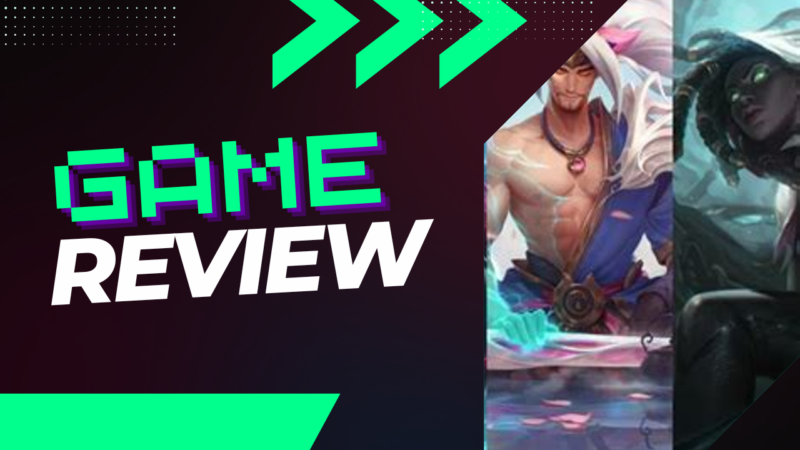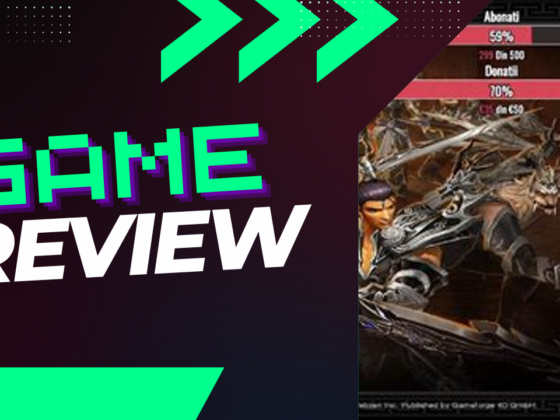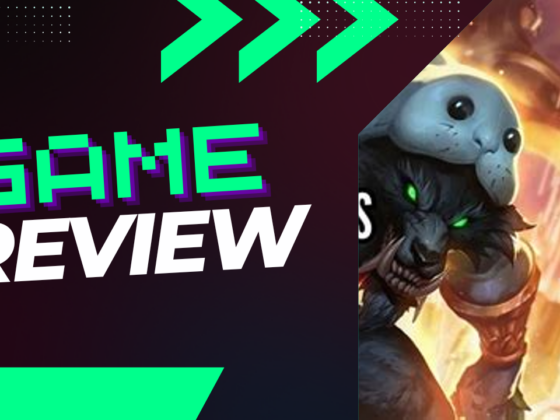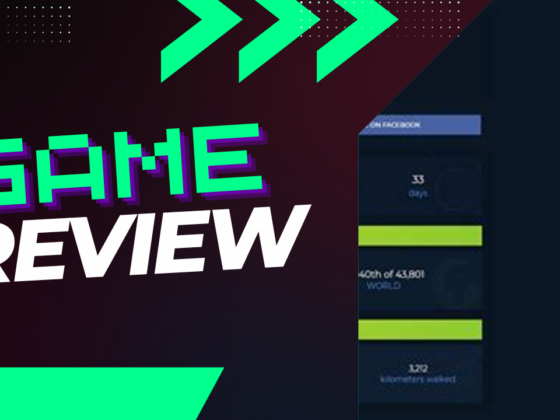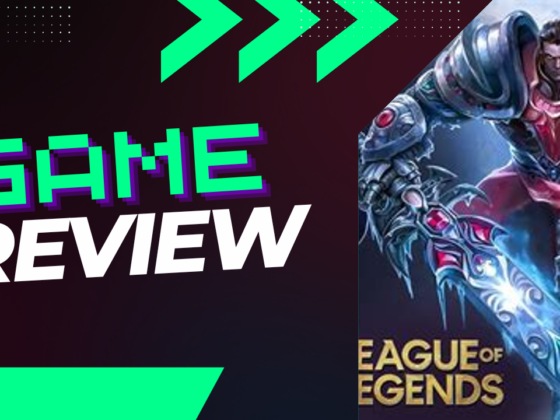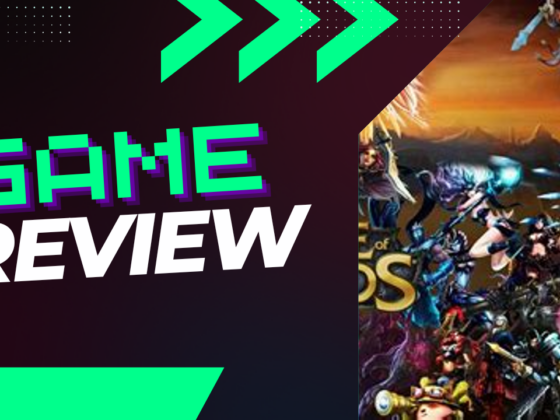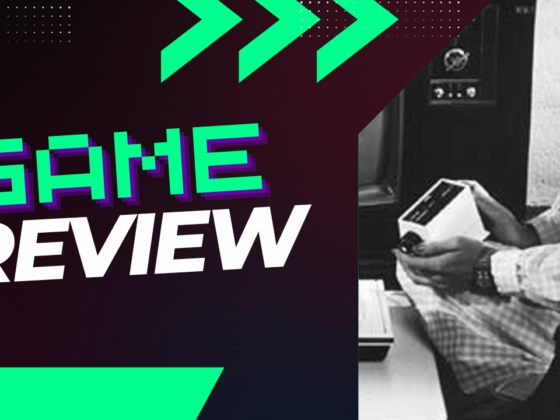Have you ever wondered why certain champions in League of Legends attract more bans than a party crasher at a wedding? While the digital battlefield is rich with characters, one stands out as a notorious troublemaker: Skarner, proudly holding the crown for the highest ban rate. With a staggering 29.4%, his ability to control matches through unique mechanics and a game-changing Ultimate called Impale renders him a must-ban for many players. As we dive into the murky waters of champion bans, we’ll unravel the reasons behind this phenomenon and explore the champions that keep players on their toes.
What is the most banned champion in League of Legends?
Skarner is currently the champion with the highest ban rate in League of Legends, sitting at an impressive 29.4%. This exceptional rate can largely be attributed to his distinctive gameplay mechanics and the threat he poses in matches.
One of Skarner’s most powerful tools is his Ultimate, Impale, which allows him to single out and immobilize an enemy champion for a significant duration. This ability makes him particularly dangerous as he can effectively eliminate key targets from team fights, turning the tide of battle in his favor.
In lower-ranked games, where coordination and counterplay may be lacking, many players find it challenging to deal with Skarner’s unique style. His ability to control the battlefield, engage, and peel for teammates often results in him being perceived as an overwhelming force, prompting players to opt for a ban rather than face the challenge head-on.
As game balance evolves, the champion roster shifts, but Skarner’s blend of mobility, crowd control, and damage continues to ensure his position as a frequent target during the ban phase. Understanding these dynamics can enhance player strategies and inform decisions about champion selection in Ranked play.
Why are champions like Caitlyn frequently banned?
Caitlyn currently ranks second in bans with an impressive 28.4% rate, and there are solid reasons for her frequent exclusion from games. Firstly, her exceptional range allows her to threaten enemies from a distance, making trading and poking in lane particularly challenging for opposing champions. This far-reaching attack enables her to control the lane effectively and punish mispositioning.
In the early game, Caitlyn can dominate her lane, often forcing opponents into a defensive posture, which hinders their ability to farm and gain levels. Players recognize that facing her can lead to significant disadvantages, so they often opt to ban her to avoid the stress of dealing with her potent poke and intricate trap placement, which can easily tip the balance of the game in her favor.
Additionally, Caitlyn’s utility with her traps not only provides vision but can significantly disrupt enemy movements. This, combined with her strong scaling into the mid and late game, makes her a top-tier pick in the current meta where lane dominance is crucial. In essence, banning Caitlyn isn’t just about her skill set; it’s also a strategic move to level the playing field and minimize risk.
What makes Blitzcrank such a frequent ban?
Blitzcrank is frequently banned, with a ban rate of 28.3%, primarily due to his signature hook ability, Rocket Grab, which has the potential to dramatically alter the game’s dynamics.
This ability allows him to snag an enemy champion from a distance, often forcing them to use their escape skills or take substantial damage from follow-up attacks. The threat of his hook requires opponents to play cautiously, as one successful grab can lead to a decisive kill for his team, swinging momentum in their favor.
Moreover, Blitzcrank excels at creating opportunities for his team, enabling them to invade, secure objectives, or initiate fights when opponents are caught off-guard. His capacity to control the lane and capitalize on mistakes makes him a disruptive force, pushing him to the forefront of top ban choices among players seeking a balanced and secure laning experience.
In competitive play, where every decision counts, removing Blitzcrank from the draft can help ensure that games remain fair and strategically balanced, making it difficult for teams to execute their strategies effectively when he’s on the board.
How does Shaco’s gameplay influence his ban rate?
Shaco’s gameplay significantly impacts his ban rate, which stands at an impressive 25.9%. This high ban rate stems from Shaco’s capabilities that can easily frustrate opponents, primarily his ability to become invisible and create chaotic situations on the battlefield.
His distinctive playstyle revolves around surprise ganks, allowing him to ambush enemies when they least expect it. This unpredictability not only poses a challenge for players but also contributes to a lack of effective countermeasures, particularly in lower tiers of play. Many players in these tiers may not possess the experience or knowledge needed to deal with his elusive tactics, reinforcing the desire to ban him.
The fun yet infuriating nature of facing Shaco means that players often opt to ban him to avoid the stress that comes with his gameplay. The psychological effect of his gameplay cannot be underestimated; many players prefer to eliminate champions they perceive as potentially game-changing rather than risking a frustrating match. Overall, Shaco’s combination of invisibility, deception, and effective ganking plays a crucial role in the decision to ban him, reflecting his influence on gameplay dynamics.
Why do players ban Volibear frequently?
Volibear boasts a ban rate of 22.86%, making him a common target in competitive play. His versatility is a key factor contributing to this trend, as he can effectively fill multiple roles, including jungler, top laner, and even support. This adaptability creates uncertainty among opponents, who often find it challenging to devise an effective counter-strategy.
His playstyle is particularly troublesome because Volibear can build tanky, allowing him to soak up damage while still being able to poke enemies with his abilities. This unique combination enables him to have a significant impact throughout various stages of the game, from early skirmishes to late-game team fights. Moreover, his ability to straddle different build paths—whether focusing on damage or durability—means he can seamlessly adapt to his team’s needs, posing a continuous threat. Consequently, banning Volibear is often seen as a preventative measure to mitigate the challenges he brings to the battlefield.
What are the reasons behind Yasuo’s high ban rate?
Yasuo has a staggering ban rate of 20.45%, making him one of the most contested champions in the game.
Several factors contribute to his high ban rate. First and foremost, Yasuo is renowned for his exceptional mobility, allowing him to effectively maneuver in and out of fights. This agility, combined with his significant damage output, makes him a formidable threat, especially to squishier champions who can be easily eliminated if caught off guard. Additionally, his ability to engage or disengage at will with his ultimate ability, Last Breath, adds to his intimidation factor.
Moreover, Yasuo’s versatility in both the top and mid lanes increases his appeal among players, prompting teams to ban him preemptively to avoid being countered. Opponents are acutely aware of Yasuo’s potential to snowball out of control; a single misstep in the early game can lead to irreversible advantages for him and his team. This necessitates a cautious approach, often resulting in his inclusion on ban lists to deter teams from capitalizing on his strengths.
In summary, his blend of high mobility, damage potential, and lane versatility makes Yasuo a prime candidate for bans, as teams aim to mitigate the risks he poses in matchups.
Why is Zed often banned in League of Legends?
Zed is frequently banned in League of Legends due to his impressive 22.11% ban rate, which highlights the significant concern players have regarding his impactful gameplay.
This champion is particularly feared for his high kill potential, allowing him to dominate early game skirmishes and consequently snowball his lead into the mid and late game. His assassin playstyle enables him to swiftly take out crucial targets, making it exceedingly difficult for opponents to maintain a sense of security during team fights.
Moreover, Zed’s exceptional roaming capabilities heighten his threat level; he can seamlessly transition between lanes, creating opportunities for his teammates while placing immense pressure on the enemy. As a result, many players choose to ban him preemptively to mitigate the risks associated with his burst damage and to keep their key carries safe throughout the match.
Ultimately, banning Zed is a strategic move that diminishes the overall threat level against a team, prioritizing safer gameplay and reducing potential catastrophic outcomes in the game.
What are the reasons for banning Darius consistently?
Players consistently ban Darius for a multitude of reasons, with a significant 20.05% ban rate reflecting his formidable presence in the game.
Darius excels in the top lane due to his exceptional lane dominance and high damage output. His ability to out-trade opponents, especially in the early game, can quickly lead to a snowball effect, allowing him to gain a substantial advantage. This seringly results in him becoming an unmanageable force that can easily carry games. Furthermore, his consistent ranking in the S-tier champions list reinforces players’ determination to exclude him from drafts, as they believe it significantly increases their chances of securing a more favorable matchup. Ultimately, facing a Darius who can fully utilize his strengths against lesser champions is often seen as a daunting and risky proposition.
In short, banning Darius is a strategic choice made by players who want to ensure a more balanced and manageable game, mitigating the risks associated with his overpowering capabilities.
Why do players still ban Karma despite nerfs?
Players continue to ban Karma, holding a notable 19.13% ban rate, primarily due to her persistent lane dominance and annoying poke capabilities.
Despite the nerfs she has received, Karma’s ability to effectively control the laning phase and offer invaluable utility to her team makes her a challenging adversary. Her kit allows her to harass opponents from a distance while simultaneously providing shielding and healing abilities to allies, keeping the pressure on throughout the match.
Many players opt to ban her not just to escape being out-sustained in lane, but also to mitigate her impact in team fights where her crowd control and utility shine. The fear of facing a well-played Karma, who can easily turn the tide with her strategic plays, leads to her consistent presence on the ban list.
In essence, the choice to ban Karma stems from an acute awareness of her capacity to frustrate and dominate games, proving that her influence goes beyond mere statistics.
What makes Draven a popular ban choice?
Draven has become a highly sought-after ban in competitive play, boasting an impressive 18.62% ban rate. This notoriety stems from his remarkable snowball potential, which can quickly escalate from early-game dominance to mid and late-game devastation.
One of Draven’s most defining features is his Passive ability, Adoration, which allows him to accumulate stacks of gold every time he last-hits minions. When he scores kills, he converts these stacks into a burst of gold, accelerating his item build significantly faster than most other champions. This ability creates an urgent need for opponents to mitigate his power early on, as letting him secure even a couple of early kills can result in an insurmountable lead.
Moreover, Draven’s playstyle encourages aggressive positioning and high-risk maneuvers, which can punish less experienced players. If he secures an early kill or two, Draven snowballs into a late-game juggernaut capable of melting through enemy tanks and carries alike. To illustrate, many games can swing in Draven’s favor decisively due to his ability to chunk down objectives and champions, leading to quick victories. Overall, banning Draven becomes a strategic decision aimed at preserving balance in the game, preventing him from reaching a level of power that makes him a near-unstoppable force on the Rift.
Why is Hwei seen as a strong candidate for banning?
Hwei boasts a significant 17.38% ban rate, positioning him as a formidable champion in the current meta. As a relatively new character, his unique and intricate abilities can overwhelm players who are not well-versed in countering him. His poke potential, combined with an area-of-effect ultimate, can drastically shift the momentum of team fights, making him a game-changer.
In high-stakes matches, the unpredictability of facing Hwei can create anxiety for players. Many choose to ban him not just out of fear of his capabilities, but also to eliminate the risks associated with unfamiliarity. When champions have complex kits that are difficult to navigate, it often leads to unanticipated outcomes, which can turn the tide in favor of the Hwei player. Therefore, banning him serves as a preventative measure against potential chaos in crucial game moments.

